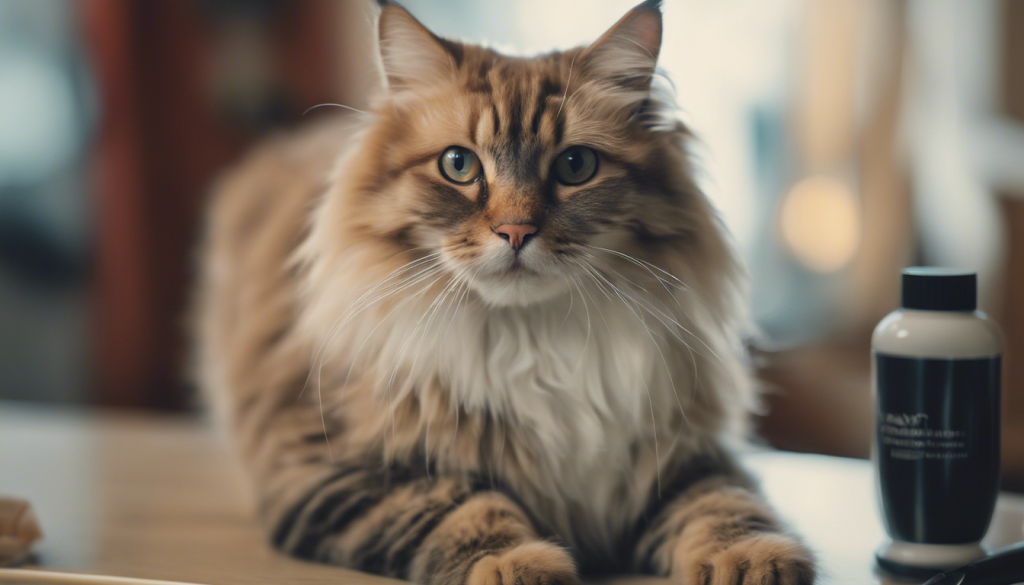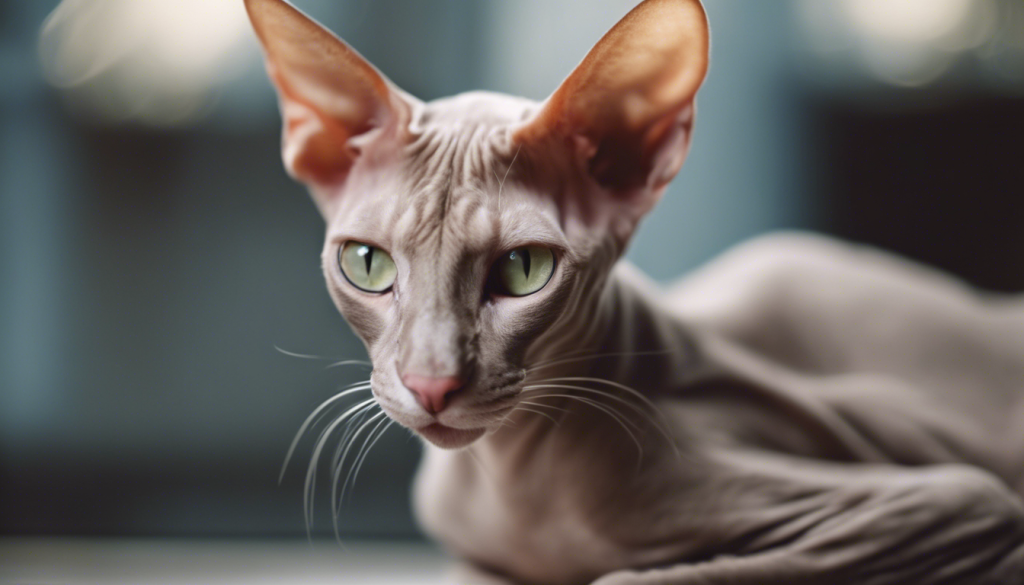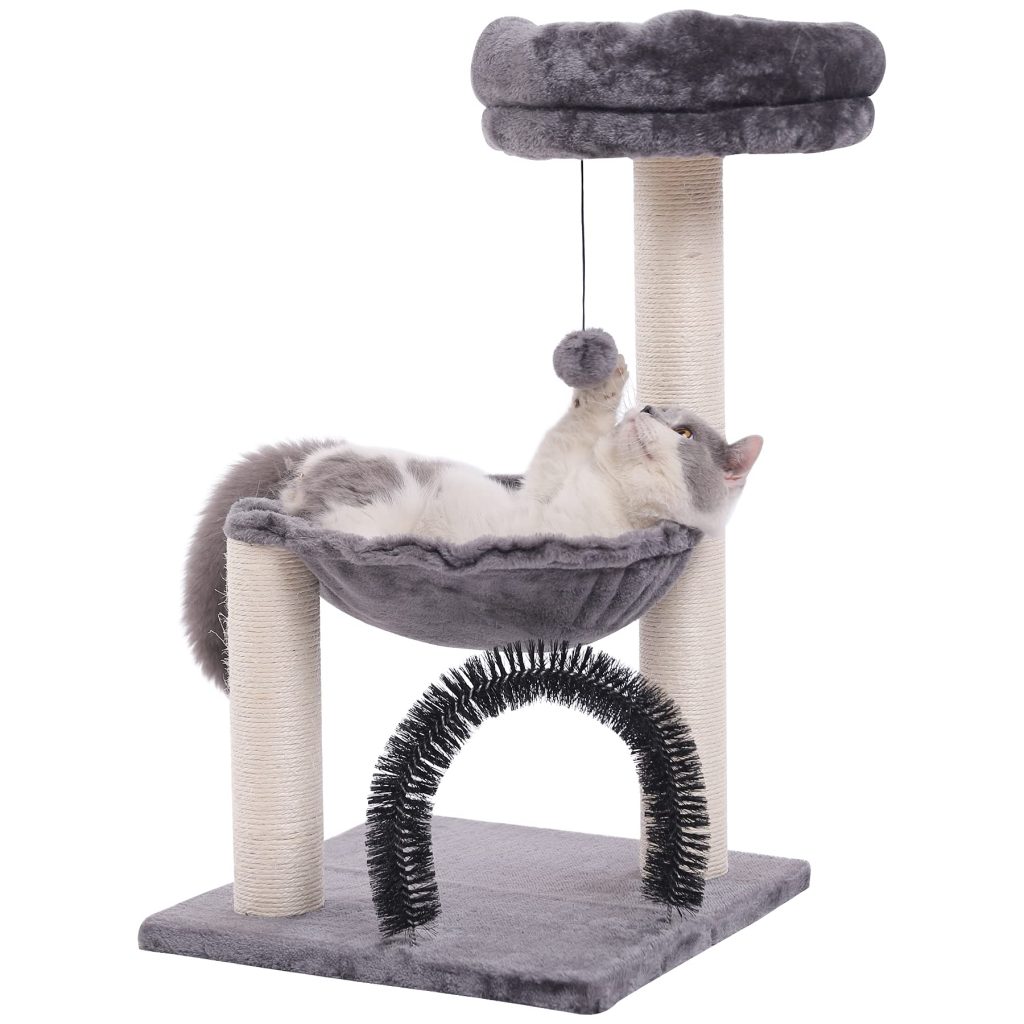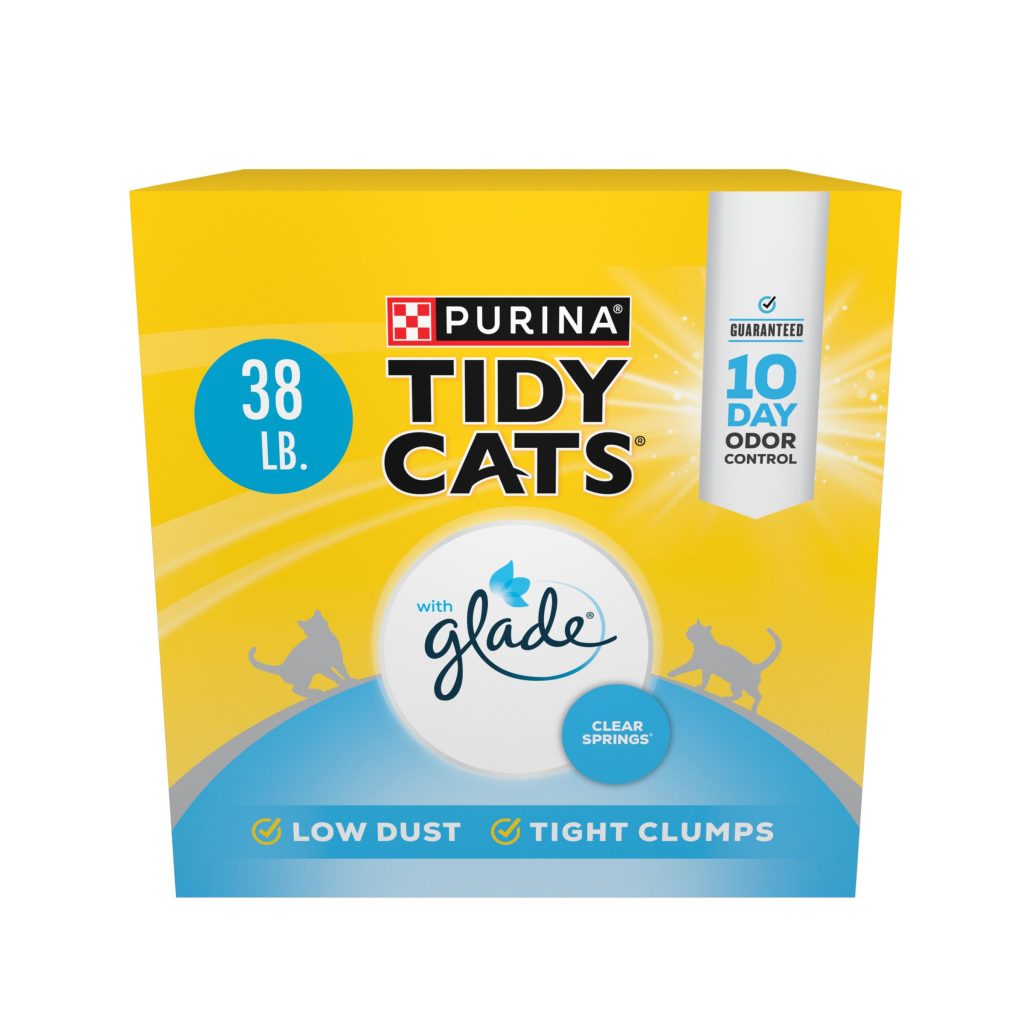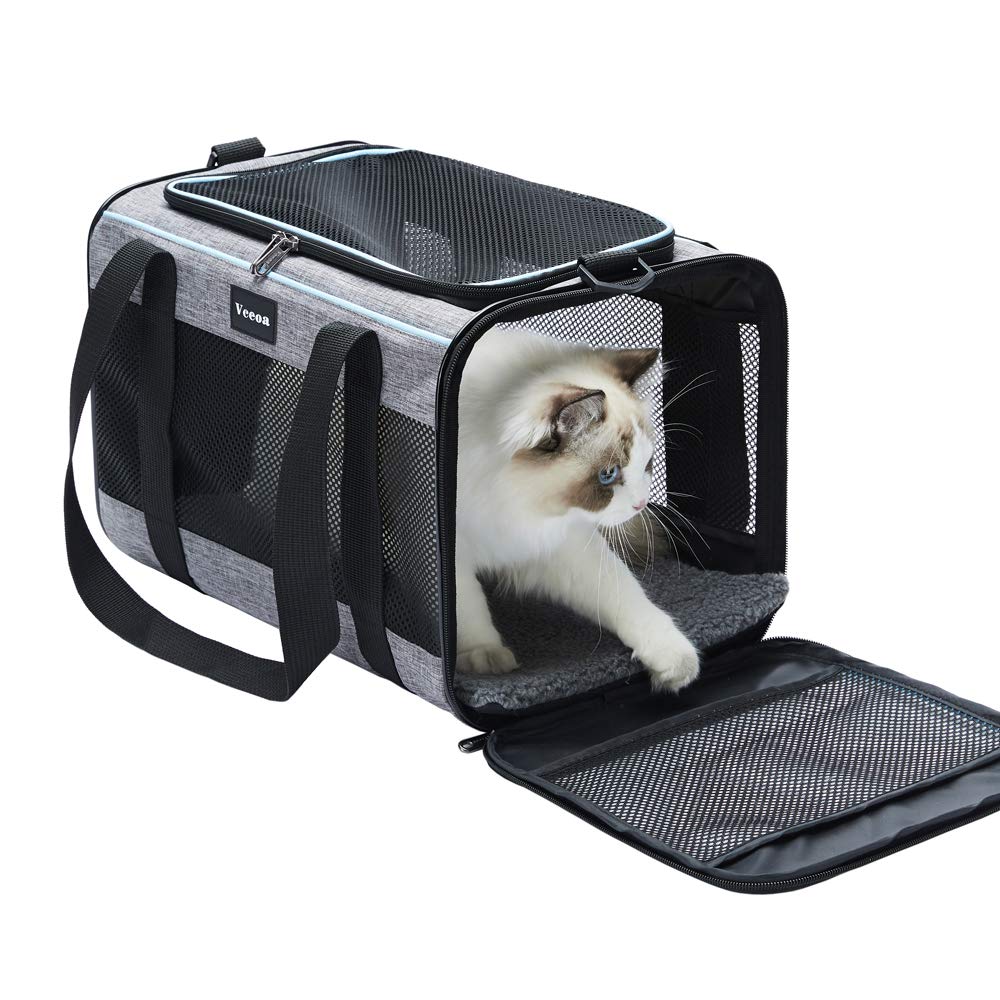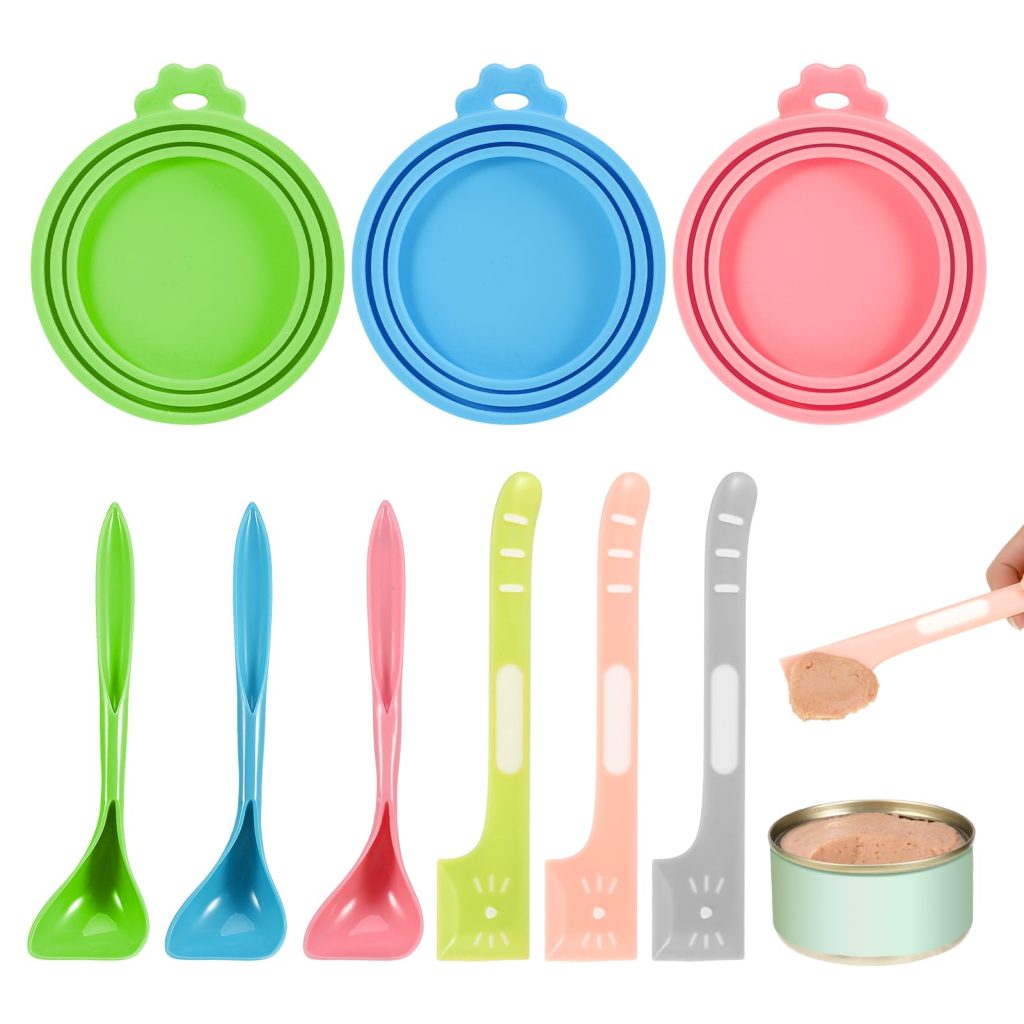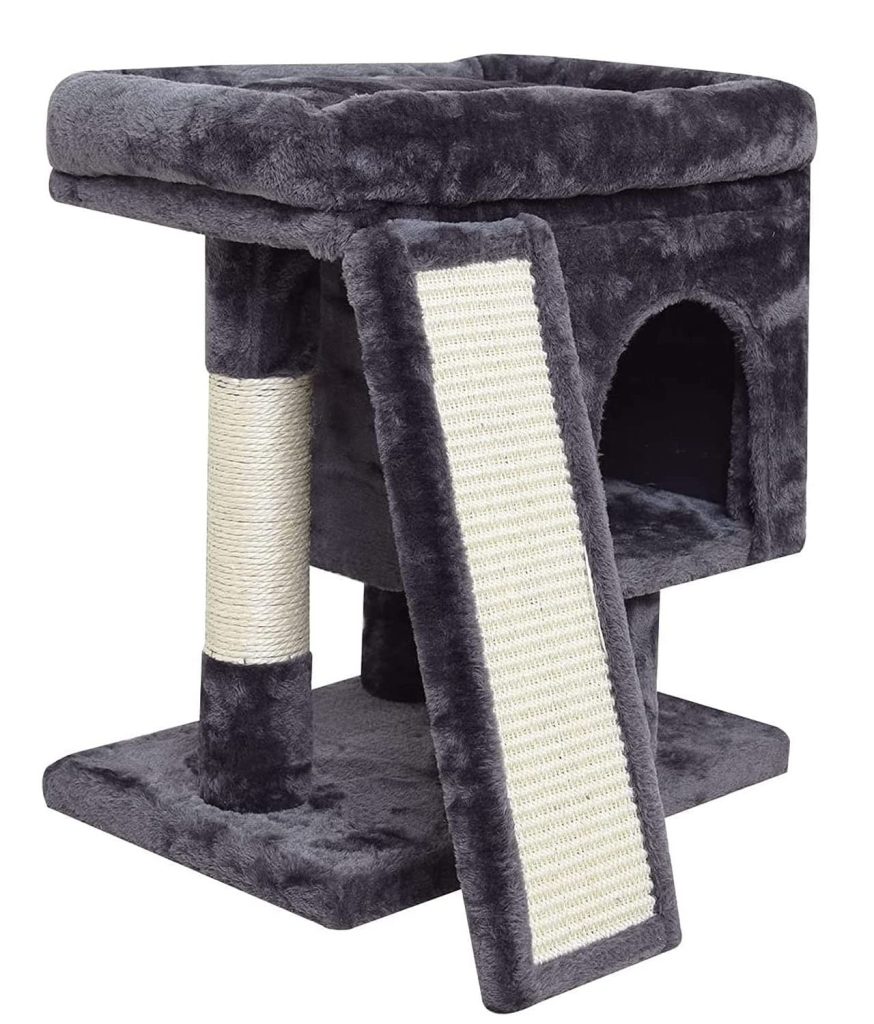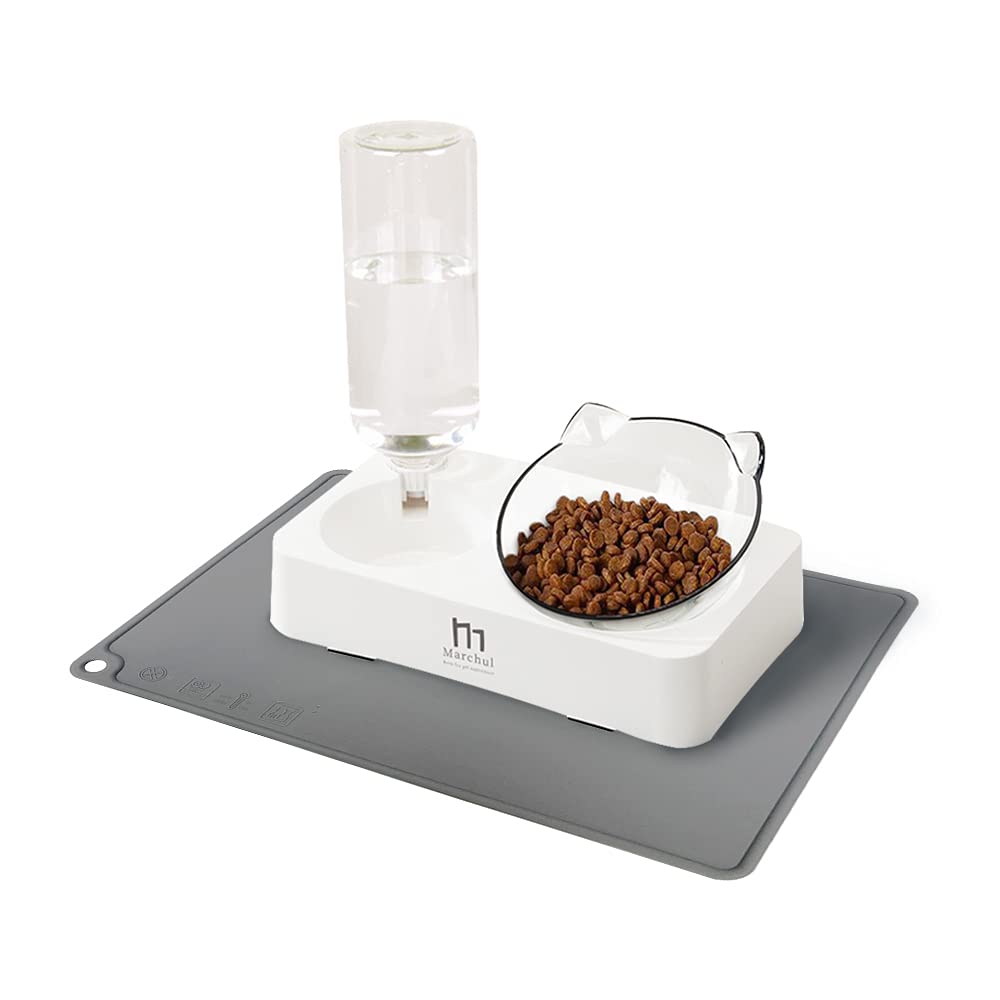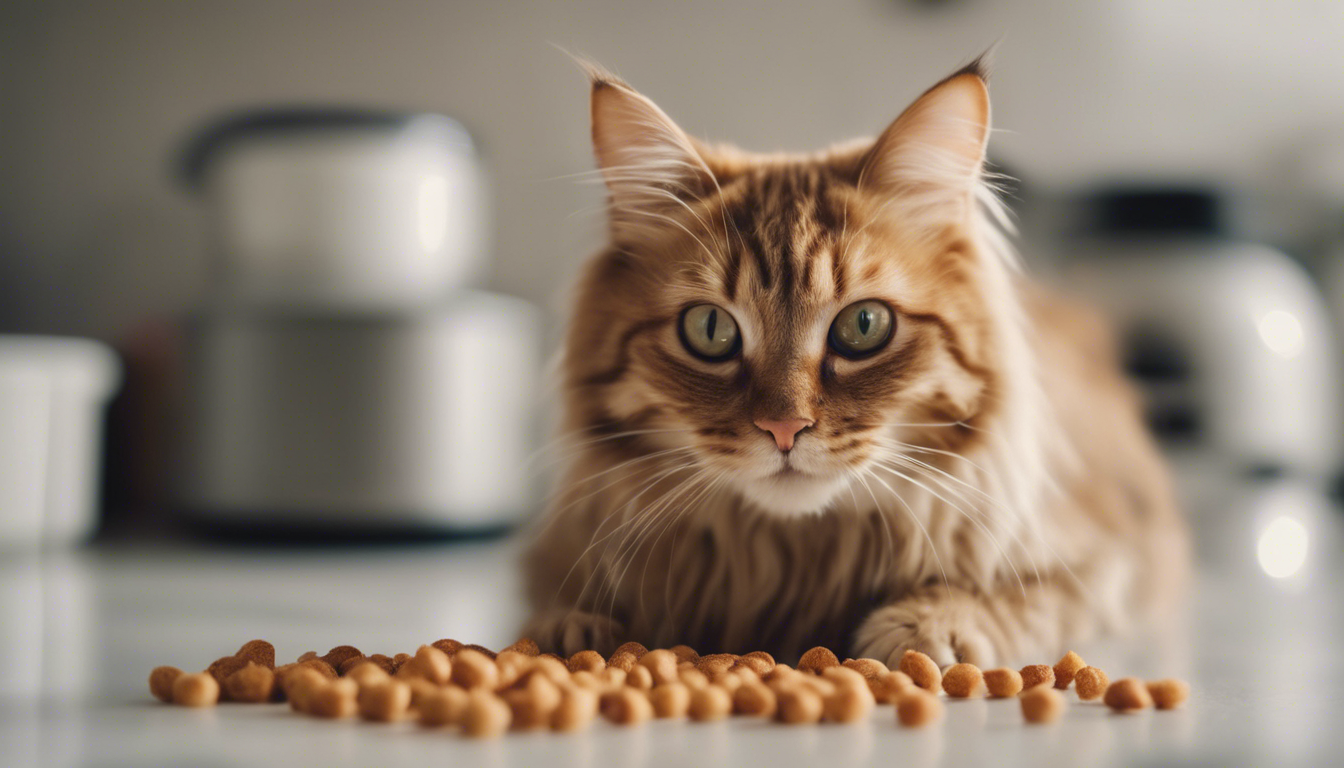
Understanding Your Cat’s Nutritional Needs
It is no secret that cats have mastered the art of lounging and sunbathing, but when it comes to their nutritional needs, they mean strict business. Underneath their furry exteriors are complex systems that need specific nutrients to thrive. It’s like picking a superhero costume – it’s got to be just the right fit.
Cats are obligate carnivores, which means they require certain nutrients that are found only in animal products. Proteins are the pied pipers that keep their bodies marching to the rhythms of life, supporting everything from healthy muscles to fur so lustrous it could star in its own shampoo commercial.
Then there’s the story of amino acids – taurine is a celebrity here. Ponder of it like the secret ingredient in a gourmet recipe; without it, your cat’s vision and heart health could take a nosedive. It’s like playing a high-stakes game of Jenga with their health, and taurine is the piece you can’t afford to pull out.
Fats are the high-energy sources that not only fuel your feline friend but also help their body absorb the vitamins that are essential for cell function. Imagine fats as the VIP escorts that make sure these nutrients get the backstage passes they need to keep your cat’s body jamming.
Vitamins and minerals, they’re the unsung heroes, the solid guitar riffs in the background of a great tune, providing everything from immune system support to ensuring that those nifty night-vision abilities stay sharp.
And water, let’s not forget water! It is the universal solos of life’s symphony, aiding in everything from digestion to circulation. A cat’s water intake can often be on the down-low since they evolved from desert-dwelling ancestors. But, they still need hydration like an athlete needs their game face.
Now, while these components might sound like a standard kitty grocery list, each cat is a diva with their unique needs. Outdoor versus indoor, feisty versus chill, kittens versus seniors – all these factors influence what’s on the menu. It’s about understanding the secret handshake of your cat’s nutritional needs so you can buddy up with the right choice of chow.
Ready to make mealtime an encore-worthy experience? It’s time to dive deeper into the world of pet food labels and texture choices – because your cat deserves to dine like the rockstar they’re.
Comparing Wet, Dry, and Raw Food Options
As you gaze upon the vast selection of cat food, you might feel like you are trying to pick the perfect playlist – wet, dry, or raw? Each has its fans and critics, and the truth is, they’ve all got their high notes and potential pitfalls.
Think of wet food as a juicy steak at a barbecue – it is usually more appetizing and easier to chew, especially for the senior stars rocking a few missing teeth. It’s also packed with moisture, which helps keep your cat hydrated. Ponder hydration with a side of flavor – it’s the combo meal that delivers hydration alongside crucial nutrients.
Then there’s dry food, the convenient snack this is as easy as pre-packed trail mix on a hike. Dry food is energy-dense, which means a small amount goes a long way, and it’s a crunch-fest for your cat’s teeth, which can help reduce tartar buildup. However, it’s not the best when it comes to moisture content, so make sure your furball’s water bowl is as full as a moon on a clear night.
Lastly, raw food diets are like the backstage passes to the primal diet – raw, unprocessed, and as close to nature as it gets. It’s a walk on the wild side, trying to mimic what a feline would eat in the great outdoors. Picture your kitty prowling the savannah – that is the spirit behind the raw food philosophy. Supporters talk up its benefits like shiny coats and natural eating behaviors. Nonetheless, it’s vital to handle raw food with care to prevent foodborne illnesses – for you and your cat. This is no amateur hour – it is important to do your research or consult a vet to keep things safe.
Each type of food has its own symphony of ingredients, so it’s essential to tune in to the entire composition, not just the headline. It is like focusing on the lead singer while forgetting about the band. Wet food often provides fewer calories per serving compared to dry food, which might be a consideration if your feline friend is more of a lap cat than a line dancer.
When balancing the different aspects, think how each type complements your cat’s personal lifestyle and health. Does your cat have a medical condition that requires a special diet? How about their activity level? Are they as energetic as a headlining act, or more of a laid-back lounge singer? And let’s not forget the taste test – because even the most nutritious meal might get the cold shoulder if it doesn’t tantalize those finicky feline taste buds.
In the end, the right choice might be a mixtape – a little of this, a little of that. Maybe it is wet food for dinner, dry for grazing during the day, and the occasional raw treat. You’ll want to hit all the right notes to keep your kitty in tune with their health.
So, choose wisely, and keep an eye on how your cat struts their stuff. Their health and energy levels will sing the praises of your choices, loud and clear. Now, let’s slide into the world of food labels, the ultimate tracklist that helps you harmonize nutrition with deliciousness.
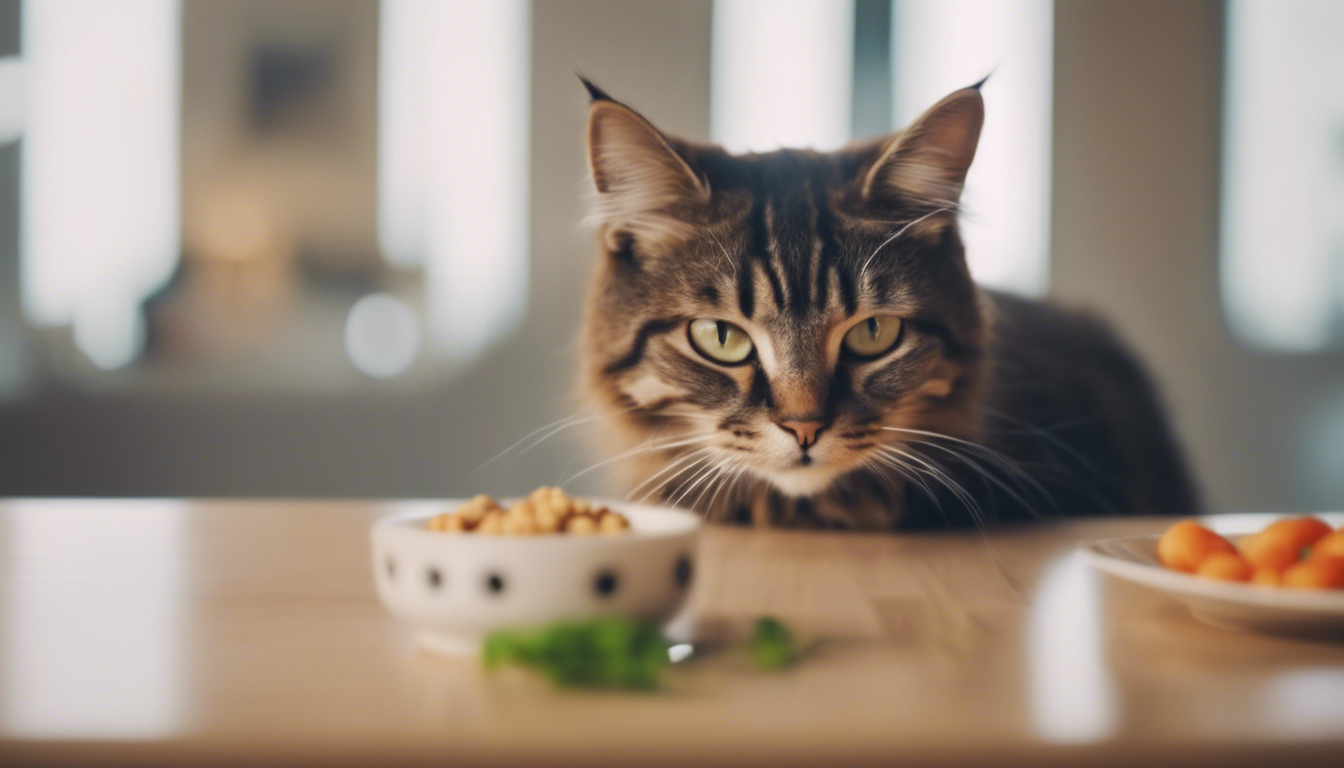
Reading and Interpreting Cat Food Labels
Imagine you are detective Sherlock Holmes, magnifying glass in paw, investigating a mysterious text that holds the key to your cat’s health. This is you with a cat food label. It might look like just a bunch of words and percentages, but it is a treasure map to your cat’s well-being.
First off, check the ingredients list – and here’s the twist in the plot: it’s ordered by weight. The first few ingredients carry the show, so you’d want to see a high-quality protein source topping the charts – like chicken, salmon, or turkey. This isn’t the place for mystery meats or ambiguous terms like ‘animal by-products’ – your cat’s a VIP, not a scavenger.
Protein and fat content are like the headliners at a concert; they need to stand out. Look for a high percentage of protein and a moderate amount of fat. Cats aren’t carb lovers by nature, but some carbohydrates can be beneficial. However, if grains or veggies are hogging the spotlight at the top of the list, that might be a remix that doesn’t groove with your cat’s carnivorous diet.
Turn your attention to the “guaranteed analysis” which lays down the minimums and maximums of nutrients like protein, fat, fiber, and moisture. The AAFCO (Association of American Feed Control Officials) sets the tunes for these to ensure there’s a balance that hits the right notes for feline health.
Don’t let ‘made with real chicken’ fool you into thinking it is a one-ingredient show. Just like ‘featuring’ doesn’t mean your favorite artist has the whole stage, this phrase could mean there’s only a dab of chicken among other, less impressive guests. Now, occasional by-products aren’t the villain in this story – they can offer valuable nutrients, but they shouldn’t be the star of the show either.
Keep an eye out for artificial colors, flavors, or preservatives. If you’re scrolling down a list of things that sound more like a chemistry set than a meal, ponder twice. Your cat’s food should be as close to their natural diet as possible; after all, you’ve never seen a wild cat chowing down on blue dye #2.
If your kitty marches to the beat of a different drum due to health issues, prescription diets may be recommended by your vet. These special labels follow a different groove, specifically designed to support medical conditions like kidney disease or diabetes. They might not win the Grammy for taste, but they could be life-savers.
Lastly, do look for a statement from the AAFCO that assures nutritional adequacy for your cat’s particular life stage – it’s like getting a seal of approval from the feline health federation.
Deciphering cat food labels is part gig, part science, and part love. It is getting to know what’s behind the curtain, interpreting the techno-babble, and choosing what amplifies your cat’s health so they can keep playing the soundtrack of your life, purring and healthy. Grab that magnifying glass – your cat’s next meal is waiting to be discovered!
Considering Life Stage and Special Dietary Needs
When you’re picking out the perfect ensemble for a big night out, you don’t wear the same outfit you wore as a teen, right? Well, the same goes for cat food. Your whiskered companion’s dining preferences should evolve with them – from the playful kitten pirouettes to the dignified saunters of seniority.
Ponder the kittens, the little bundles of energy with an insatiable curiosity for life – and for food. Their growing bodies need more calories and nutrients in each bite. Ponder of kitten food as the power-packed energy drink of the cat world. It comes jampacked with proteins and fats essential for their developing bodies and brains, making sure they grow up to have the agility of a prima ballerina and the smarts of a seasoned conductor.
As they step into adulthood, the focus shifts. Adult cats need maintenance mode – a well-balanced diet that maintains their health without tipping the scales. A cat stuck indoors all day with a taste for lounging may need fewer calories, while the adventurous rooftop explorer will require more energy to fuel their escapades.
As the saying goes, with age comes wisdom – and sometimes, a few health hiccups. Senior cats have their own set of nutritional needs. They may need fewer calories since they’re not zipping around as much, but may benefit from food that’s easier to digest and supportive of aging joints. Plus, food rich in antioxidants can help keep their minds as sharp as their claws used to be.
But just as every cat has a unique personality, they also might have special dietary requirements. Cats like the divas of the feline world – prone to dramatics if everything isn’t just so. Some kitties might have a sensitive stomach that requires grain-free glamour, while others need a low-allergen diet that is as gentle as a lullaby. And for those grappling with health issues, the therapeutic nutrition of prescription diets can be as crucial to their care as a soothing serenade to a weary soul.
Perhaps your furry friend has been diagnosed with a condition like kidney disease, where a diet low in phosphorus can help manage the condition, making mealtimes as therapeutic as a spa day. Diabetic cats, on the other hand, might need a meal that’s low in carbohydrates, making their blood sugar levels as smooth as a jazz tune.
And let’s not forget about those prone to urinary crystals or bladder stones – they might need special food that keeps their urinary tract playing the blues without the pain. For these cool cats, the right diet can help prevent their pipes from hitting the wrong notes.
It’s pivotal to consult with your vet, as they can help you compose the perfect menu for your cat’s health symphony. Just as you wouldn’t want to listen to a punk rock ballad when you’re in the mood for classical, you don’t want to serve your cat a meal that doesn’t harmonize with their health.
So, keep a keen eye on your cat’s life stage and any special needs they might have as they grow and change. With the right nutritional lineup, you can help your kitty keep rocking out in good health and high spirits – ready to leap into your lap for an encore cuddle session.
